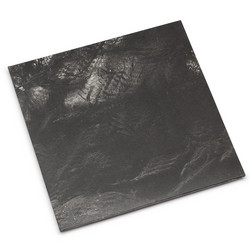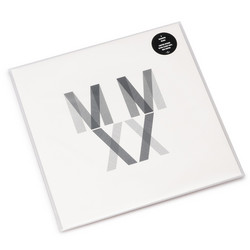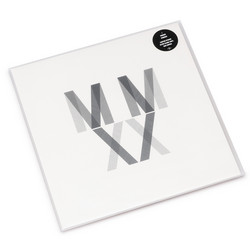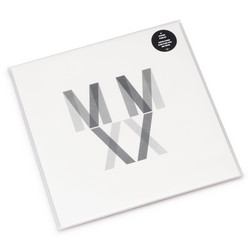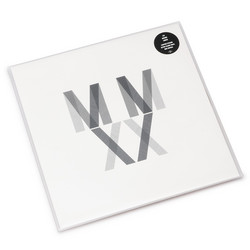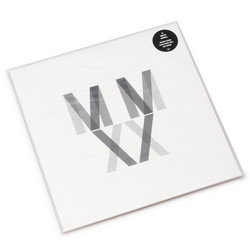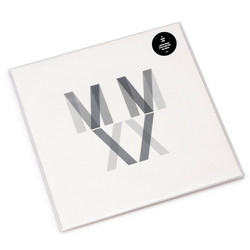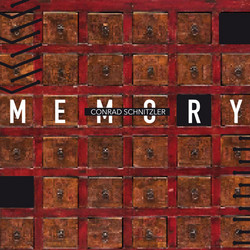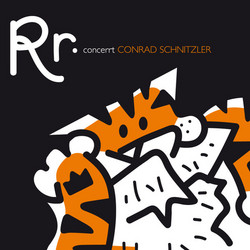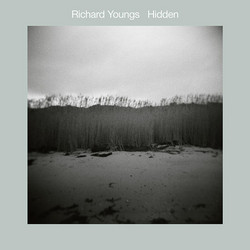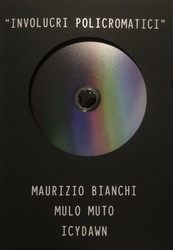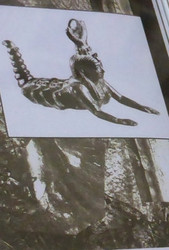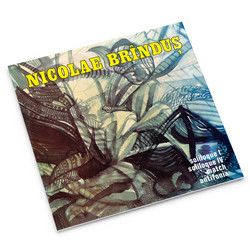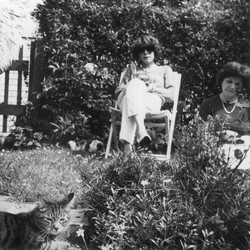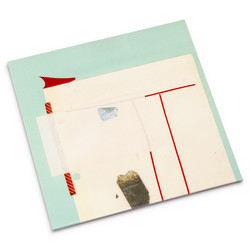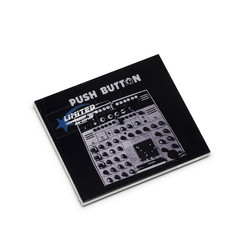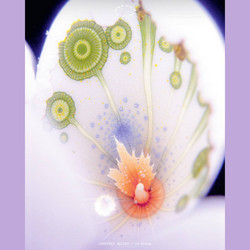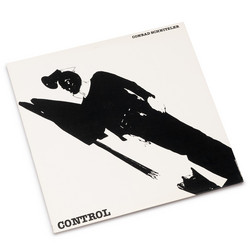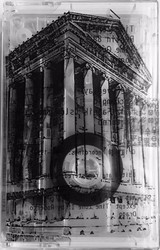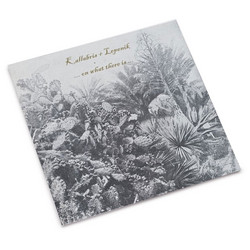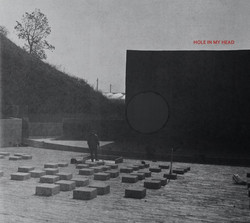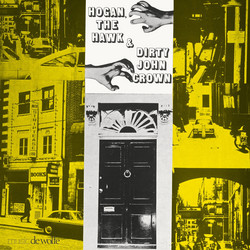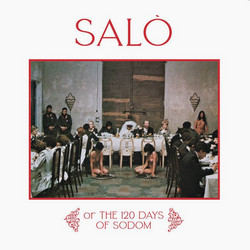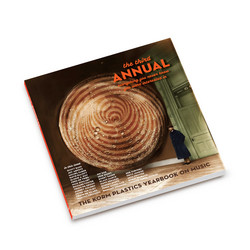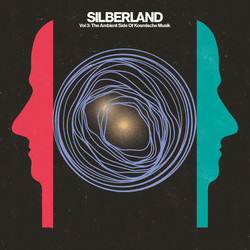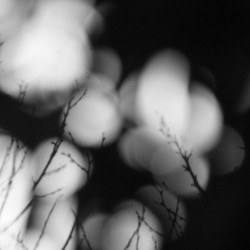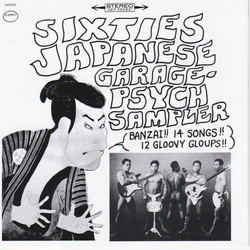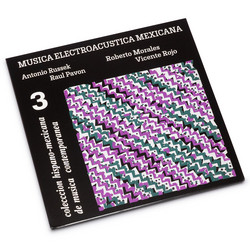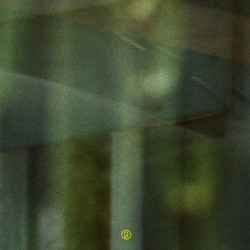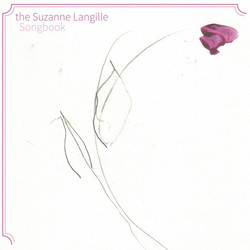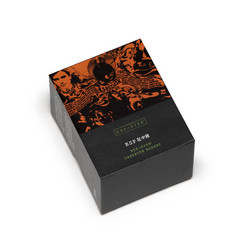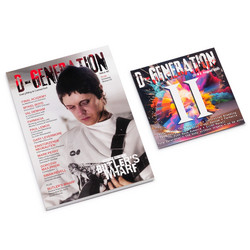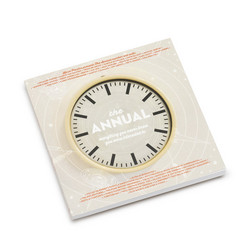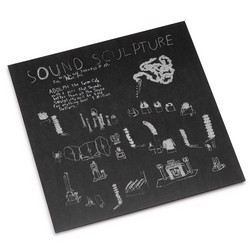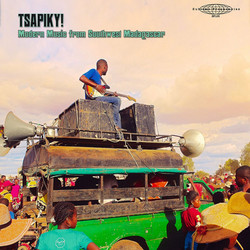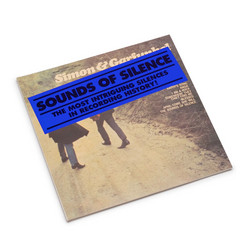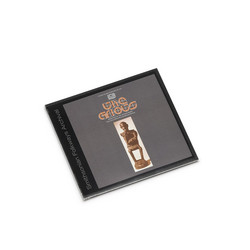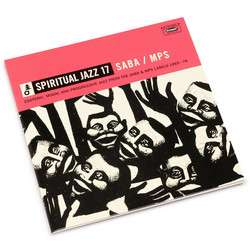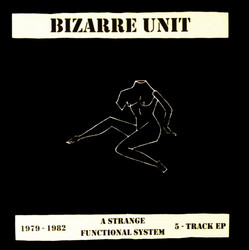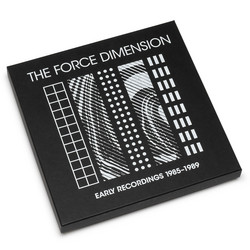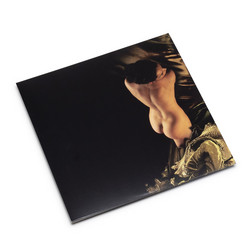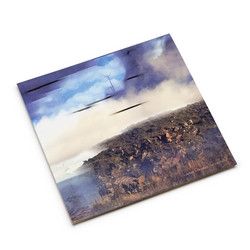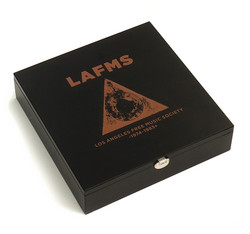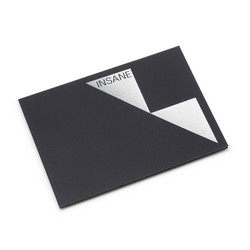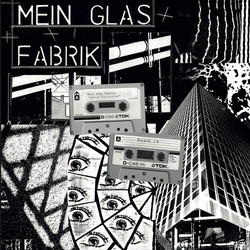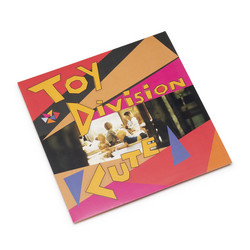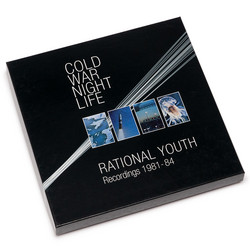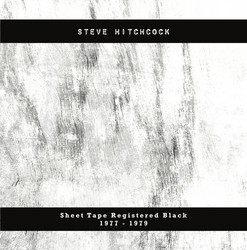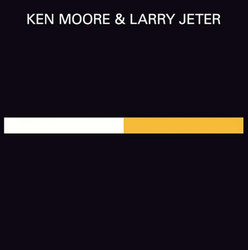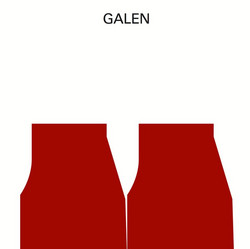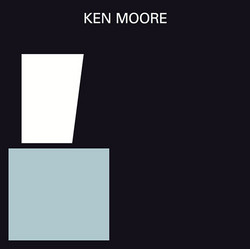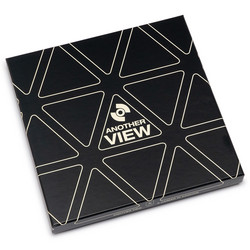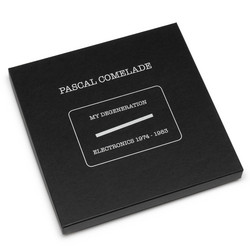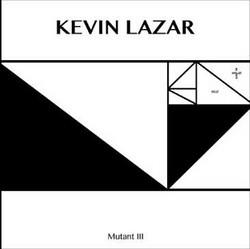Various
The Vanity Box Vol. 1 (5LP Box)
The Vanity Box Vol. 1 presents an anthology of releases by legendary Japanese DIY label Vanity, active in the late '70s and early '80s. The box includes 5 LPs which offer the following contents:
LP-1 R.N.A. Organism - R.N.A. Organism Meets P.O.P.O.
(Vanity 0006, originally released in 1980)
This is the only album by the anonymous unit, R.N.A. Organism. The album is based on a cassette tape which was airmailed from London. It also happens to be the first group produced by Kaoru Sato of EP-4. R.N.A. Organism is a 3 piece unit formed in 1978 and featuring 0123, Chance and Tetsu who played around with home recordings as well as studio live recordings. Tetsu left in 1979 and was replaced by Zero. This album was produced at this time, showcasing super-cheap, alt-dub created with a range of instruments and gadgets such as a rhythm box, guitar, synths and voice. The minimal design of the album cover featuring standard lettering sheet also made an impact. Although uncredited, Kaoru Sato produced the music. Their live performances were unique, in the sense that they would perform "live" in the studio and then send a cassette recording of the resulting sound to the venue. R.N.A. Organism is also included in the compilation Awa (1981) and TACO’s first album, Taco (1983).
LP-2 BGM - Back Ground Music
(Vanity 0008, originally released in 1980)
Back Ground Music is an album that Takayuki Shiraishi created when he was a 17 year old high school student. Wanting to realize his musical vision at the time, he invited his old friend, Harunobu Kawashima plus others, and travelled from Tokyo to Osaka to record this piece in just one day. BGM is a precocious, teenage experimental studio unit that mixed the essence of post punk, funk, disco beats, dub, and industrial music. The band never performed live. Kawashima, whose bass lines were void of any futility, later became a member of the group Der Zibet. After releasing this album, Shiraishi went on to learn the art of self-production and recording techniques, forming a duo with Jun Sonohara called MLD and Tristan Disco, and producing and releasing a few singles. Having discovered Detroit techno in the late '80s, he then shifted toward techno / club music scene and released solo works on many labels, domestically and abroad. He is still currently active producing music with a flexible musical palettes ranging from techno to house, breakbeats and ambient music.
LP-3 Sympathy Nervous - Sympathy Nervous
(Vanity 0007, originally released in 1980)
Boasting a high quality programming technology and acoustic design capabilities, Sympathy Nervous is a proto-techno unit led by Yoshihumi Niinuma who made full use of a self-built computer system that he named U.C.G. On top of that, Tatsuya Chiba’s noise guitar worked as an effective accent to their overall countercurrent and industrial-influenced signature sound. Their album artwork was designed by German painter / photographer Achim Dechow, famed for his design of the La Düsseldorf logo. He was a regular contributor of Rock Magazine, designing their front cover images. After releasing his debut album, Niinuma left Tokyo and went back to his hometown. There, while working as a programmer, he steadily continued to record his own music. During the 1990s, he made forays into the techno scene, signing a deal with Belgian label K.K. and from then on, fully returned to his musical activities. In 2000, he established a domestic theremin atelier in Miyako-shi (Iwate Prefecture) but lost it, along with all his fortune, in the earthquake of March 2011. The U.S. label Minimal Wave produced 2 charity albums that compiled his past recordings to assist Niinuma financially. Niinuma passed away in 2014.
LP-4 Sab - Crystallization
(Vanity 0002, originally released in 1978)
Crystallization was produced by multi-instrumentalist Sab who was just 19 year old at the time. Sab created this album by overdubbing many synthesizers, electronics and guitar parts separately, for the most part by himself. There were a few guest musicians who added sitar and flute parts. Like its title suggest, the album projects how a mineral crystallizes, defined by a hard and transparent, crystal-oscillating sound. While an after scent of psychedelic and progressive rock vibes looms, this is an album that also has a hint of an ambiguous age that pre-dates the emergence of meditational, new age music afterwards. It also brilliantly links with the recent new age revival and the rediscovery of Japanese ambient music by overseas music fans that is happening now. The album artwork is designed by painter Lounie Marino (Kousakusha and wife of Seigo Matsuoka) who draws dreamy pastel art pieces for covers of Taruho Inagaki’s books and more. Sab also shined as the chief arranger for Agata Morio’s album Norimonozukan, but after an encounter with Bhagwan Shree Rajneesh, he became his follower and moved to the US to become a disciple. His activities afterward remain unknown.
LP-5 A compilation of 7" singles
Sympathy Nervous - Polaroid
(VA-S1, originally released in 1980)
The vocoder-sung track on Side A is so catchy you can picture it being in a TV commercial jingle for Polaroid cameras. The three tracks from this 7 inch were not included in the self-titled Sympathy Nervous album.
Mad Tea Party- Hide and Seek
(VA-S2, originally released in 1980)
Mad Tea Party is a female trio lead by Kiyomi Shiraishi who was a regular at legendary clubs like Kichijoji Minor and Ylem. They created edgy and cute post-punk pop with a lot of dub effects and reverse tape playing.
Perfect Mother ‒ You’ ll No So Wit
(VA-S3, originally released in 1980)
A leftfield electronic pop group led by Masahiro Ueda, the organizer of the Tokyo based music / art group, Ylem. One member of this group was Fumihiro Nonomura who joined Harumi Yamazaki-led group Taco afterwards and once became a popular figure as one of the "new breed of Japanese” artists.
